One of the problems that most concern the canning industry is external corrosion of the containers, since it affects the aesthetics of this, causes commercial rejections and can create sanitary problems when, in extreme cases, the containers are punctured . In order to help our readers in solving this problem, we have tried to make a compilation of the different conditions that affect the external corrosion processes of canned food cans, from their reception by the packer to their arrival to the final consumer.
The different stages of the packaging process in which packaging intervene are the following:
1. Reception of empty containers and storage.
2. Product packaging process.
3. Storage.
In each of the stages of the packaging process, corrosion of the container can be caused by poor handling, or by a lack of knowledge of the factors that can cause corrosion.
1. RECEPTION.
The containers and lids received must be checked upon entering warehouses, seeing their general appearance and noting their entry in a
register, which includes the date of receipt, the format and type of packaging and, if possible, the data on its label or the traceability code.
The pallets of containers and lids must be stored in dry and ventilated places, which do not have direct contact with the factory, to avoid the entry of steam condensation from the different packaging operations, thus avoiding corrosion before processing.
The action of direct sunlight, and the proximity of insect-killing equipment, that work with UV light lamps, should be avoided. This type of radiation affects the varnishes, breaking down their chemical bonds. This decomposition is only evident after the sterilization process, with only the exposed area being affected, which has a whitish appearance, lacking adherence, so it easily detaches from the container, leaving it unprotected with the corresponding risk of oxidation.
2. PACKAGING.
After depalletizing, before transporting them to the packaging lines, sanitize the containers by means of air and / or steam and avoid scratches, blows or deformations that can subsequently be initiators of corrosion.
During the filling process, it is important that the external packaging does not suffer attacks by the product to be packaged.
These liquids are most of the time corrosive (brines, acids, etc. and in the cases in which they are not (eg syrups) they are hygroscopic (they attract moisture), and can lead to corrosion, remain accumulated on the surface or in the closure of the container.
The closing of the containers is perhaps the most delicate operation, since, due to its mechanical characteristics of a friction process, it is possible to lift or partially drag the varnish from the lid, especially if the rollers or rollers are not in place. perfect polishing conditions and do not roll freely on its axis. It is necessary to take care of the condition of the mandrels, which must fit perfectly into the lid tray, thus preventing them from slipping during the closing operation, causing the varnish film to drag.
From this lifting of the varnish, and from the aggressions of the liquids, corrosion can also be caused by aggressive liquids and during the sterilization process and subsequent storage.
In all cases, after closing the containers, it is advisable to wash the cans, to remove the remains of the product and the governing liquid, and not to contaminate the water from the sterilization process. Sterilization of the containers is one of the critical points to avoid corrosion. The water should have a pH between 6.5 and 8, and a
low salt content. It is convenient to control its aggressiveness by evaluating the Langelier or Ryznar index, to avoid both corrosion and saline deposition on the containers.
It is necessary to avoid the supply of condensate from boilers (generally alkaline), by placing automatic condensate drains in the downspouts of the steam tubes, immediately before entering the boilers and autoclaves.
The materials of the baskets, separators and the autoclave must be inert to corrosion to prevent it from being transferred to the containers. The cooling water must be chlorinated, due to sanitary requirements, but the amount of free chlorine that exists must be a maximum of 2 ppm (0.5 to 1.5 ppm is recommended), since above these values it is aggressive and causes corrosion.
On the other hand, the duration of the cooling should not leave the containers at temperatures between 38-40 ° C, to dry the container and prevent it from remaining wet when it cools, with the consequent oxidation. It is necessary to remove the containers from the sterilization baskets soon, in order to avoid accumulated water in the buckets and subsequently wetting the containers and palletizing cartons, causing subsequent corrosion.
If, due to product conditions, it is necessary to cool to temperatures below the aforementioned limits, it will be necessary to mechanically dry the cans by blowing them with air.
3. STORAGE.
The containers should be stored in favorable atmospheric conditions, with little humidity and with few variations in temperature, in order to avoid oxidation by condensation. The warehouses should be with the doors closed, especially in areas near the sea or areas with strong winds. They must be isolated from the manufacturing area to avoid the contribution of steam from the different elements of the manufacturing process. condensing on the containers, leading to corrosion. These condensations are the most frequent case in the storage of containers and depend on three factors:
1. Temperature of the containers.
2. Temperature of the air surrounding the containers.
3. Relative humidity of the warehouse atmosphere.
There will be no condensation, if the temperature of the can is equal to or higher than the ambient temperature. But if its temperature is lower than ambient, and the relative humidity is high, there is an ideal condition for condensation, easily reaching the dew point. An illustrative example of this phenomenon is when we take a glass out of the refrigerator. After a short time, moisture condensation occurs on its outer surface, forming drops of water.
Each of these topics will be developed more fully in future publications.
JOSÉ FCO. PÉREZ GÓMEZ
Mundolatas Advisor

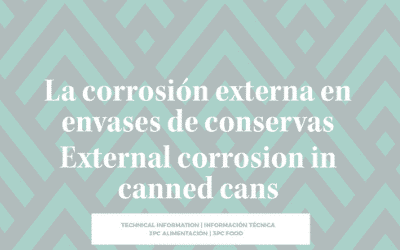
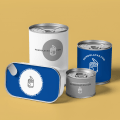



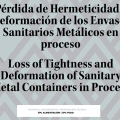

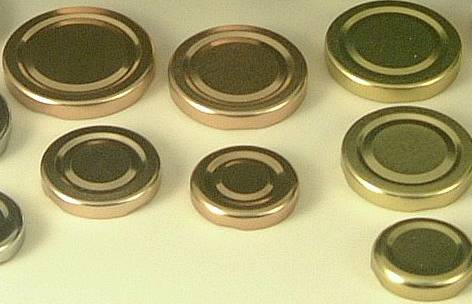

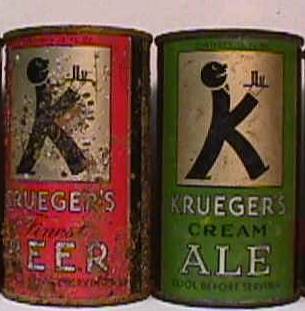
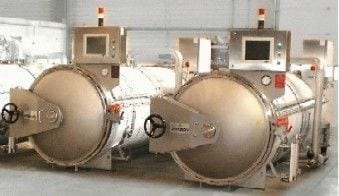




0 Comments